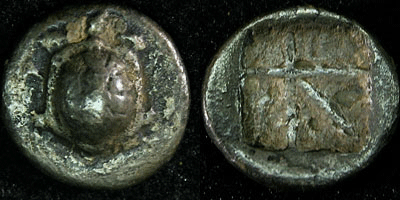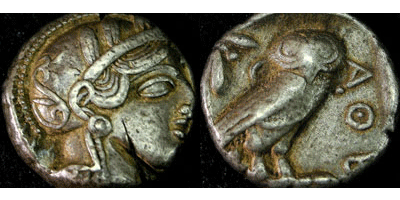by Dr. Ortwin Knorr (Associate Professor of Classics, Willamette University) with the assistance of Lauren Saxton, cand. B.A. Classics
Catalogue of the McIntyre Collection of Greek and Roman Coins
Willamette University
Classical Studies
Address
900 State Street
Salem
Oregon
97301
U.S.A.
Phone
503-370-6077 voice
503-370-6944 fax



